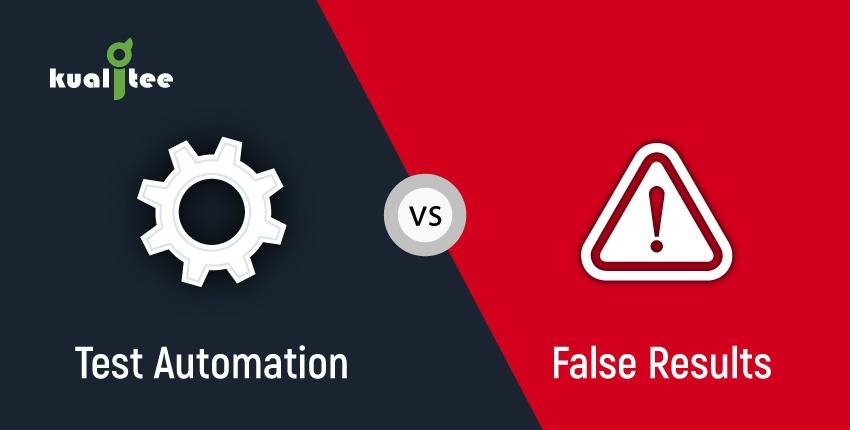In Test Automation, it is casual for testers to go through a situation when a certain test provided inconsistent results because of no apparent reason. We call these false results that further classify into false positive and false negative. Unfortunately, an intended failed test can cause a tester to expend extra energy and time to analyze the anonymous problem.
How do we classify them as positive or negative?
False Positive: Despite the test is running quite smoothly, the system suggests that there is a problem, it is a false positive result. This leads tester to spend additional cost and research on an unreal bug.
False Negative: It is a situation when the test case has a huge problem, but the results provide none. It might deliver a wave of happiness for a second, but it’s actually a LIE! A dangerous one!
The false negative is caused by poorly checked database in the early software development phases.
But, at the moment, let’s think, what would be better? Spending extra bucks or living in a misapprehension that your product is bug-free? Both can be toxic to your product development as well as your company-client relationship.
What’s worse is you assume that the test automation project has no defect and each of its functionality is covered. But sadly, the system blinds you with the results. Poor testers!
Though sometimes it is not good to wholly trust the autonomous results, cross-checking and checking the database can save you from the embarrassment.
How to Avoid False Results?
-
Incorporate a Controlled Test Environment
To reduce the false results, testers need to minimize the chances of environment or database problems. Only automated testers should take control of the test environment because extra hands won’t let the testers reproduce bugs and fix them simultaneously. If only testers take control, they would know where is the problem and how to fix it that decreases the chances of false results.
Moreover, testers can use virtual machines and assistants to better automate the process. Execute tests that are relevant to the environment otherwise, all the efforts will go in vain in the end. Also, databases need to be clean and accessible by every test script to let the tester easily revamp the code. Importantly, don’t ever forget to enable the debug option.
-
Manage Test Execution Time
Configure test execution through multiple sources like browsers, interfaces, or platforms. Depending upon the client’s requirements create your own OS model or framework, this model lets you test in a more relevant application or operating system with fewer chances of false results.
Assure that you are not wasting time on unimportant test cases; after every release, execute regular scrutiny to pick out new test cases out of the old ones. Eventually, make real-time for actual tests.
Prioritize, focus, fix, save time, and produce valuable results!
-
Work as a Unit!
Test Automation following Agile or DevOps knows how team collaboration works. Testers can stay close to the developers to receive any new code change and deliver it to the stakeholders in an instant. Besides, testers must also collaborate with business analysts, clients, as well as the project managers to reduce any result fiascos.
We know, no automation testers would like to get caught in a dilemma of fake results. Sometimes, the test results can be deceiving, but it can’t be a system’ mistake always, something might have gone wrong at your end too. So, read the above precautions and try hard to stay away from producing any fake results, whether negative or positive.


























